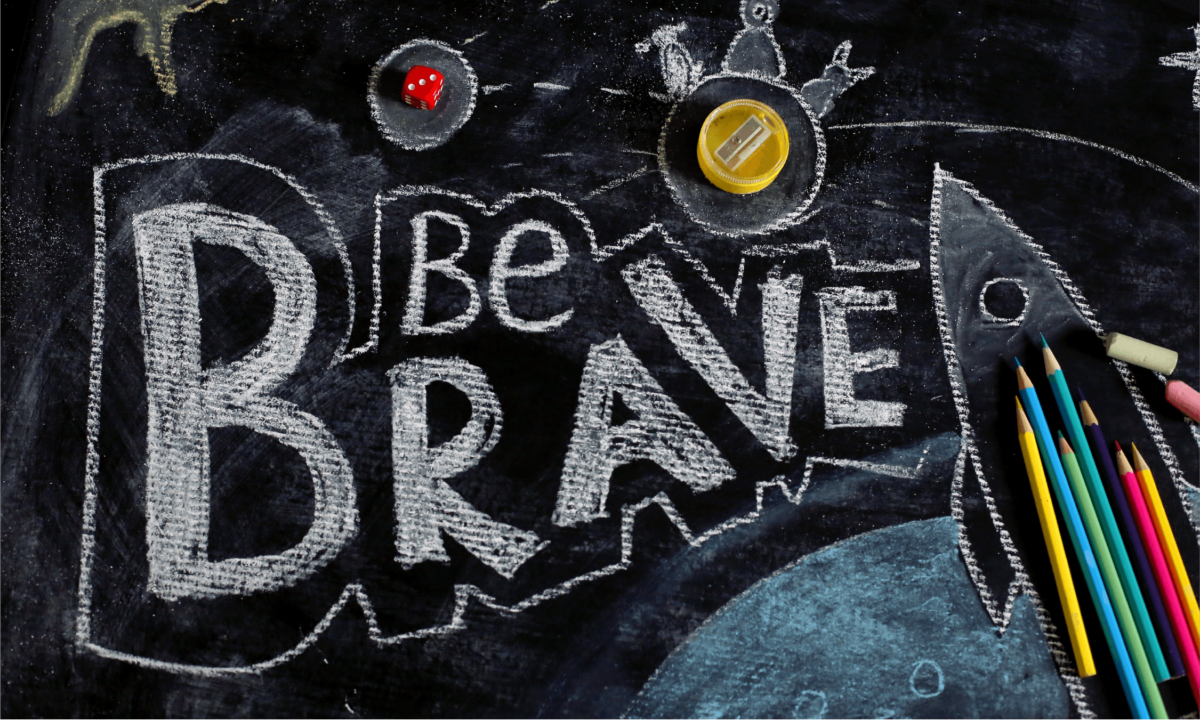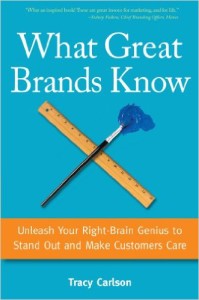Zig Ziglar knew what he was talking about when he said: “What you get by achieving your goals is not as important as what you become by achieving your goals.”
Entering 2016, I joined the Marathon Sports Winter Warrior Challenge. The challenge for me: run or walk five miles OUTSIDE every day for the month of January. Don’t quite make five miles on any day? No problem. Simply downgrade to three miles or one mile a day. Just can’t get it together to get out one day? No problem there either – you’re out of the challenge.
January can be a downright tough month to be outside in Maine. Apparently Mother Nature wanted me to succeed, though, and provided us with a number of unseasonably warm days – 45 degrees in Maine in January??? Score! No worries for those of you who are wondering if I got off without difficulty in reaching this challenge. I was also outside in wind, rain, snow, and ice.
 The rewards for meeting this challenge? My name will be listed along with the others who completed the challenge on the back of a t-shirt featuring this handsome guy. More than that, though, as Ziglar’s words imply, this challenge was about setting a goal and following through on my intentions. I wrote about my three words for 2016 earlier this year: Focus. Finish. Follow-through.
The rewards for meeting this challenge? My name will be listed along with the others who completed the challenge on the back of a t-shirt featuring this handsome guy. More than that, though, as Ziglar’s words imply, this challenge was about setting a goal and following through on my intentions. I wrote about my three words for 2016 earlier this year: Focus. Finish. Follow-through.
So far, this challenge includes two of my words: Focus and Finish. I had to put this challenge at top of mind and make time every day to be outside. There certainly were a couple of days when I just didn’t feel like going outside. I had made a commitment to myself and a friend to participate in and complete this challenge, however, so I put on my winter gear and headed outside. Follow-through will now be to make sure I transition from walking to running over the next 60 days – a longer-term goal that feeds into a goal to run, walk, or crawl 1,000 miles this year. Thanks to the Winter Warrior Challenge, I’ve already walked 161 miles.
So, what was the key to my success in getting my sedentary self out of the house to achieve this goal? Several factors were key to ensure that I met this goal:
Accountability – I had an accountability partner who was doing this challenge with me. Since she lives in Massachusetts, we weren’t walking or running together. Instead, we stayed connected via text messages and phone calls. There was no way I was going to leave her high and dry by not completing this challenge.
Support System – I had announced to some friends and, of course, my husband that I was entering this challenge. My husband accompanied me on weekend days when he could, and a friend of mine was able to fit a walk into her schedule just when my resolve was wavering. Timing is everything!
Immediate Gratification – I had to go online to confirm that I had, in fact, walked or run five miles each day. I was able to get a lift by meeting each day’s challenge and seeing the cumulative number of miles that I’d walked. And…the challenge was for one month only: the end was always in sight.
Long-term Impact – As I mentioned, this challenge fits into my year-long goal to walk or run 1,000 miles. (I hope to avoid crawling.) It will also get me in shape to run a 5K in March and to hop on my bike in April.
 SMART Goal – This challenge fit right into the SMART Goal theory. It was specific, measureable, attainable, relevant, and time-bound.
SMART Goal – This challenge fit right into the SMART Goal theory. It was specific, measureable, attainable, relevant, and time-bound.
Unintended Consequences – Not only did I became a morning person (who would ever have thought that was possible?), but I also became much more productive over the past month.
Success breeds success. I’m looking forward to experiencing and sharing more successes in 2016. How about you?













